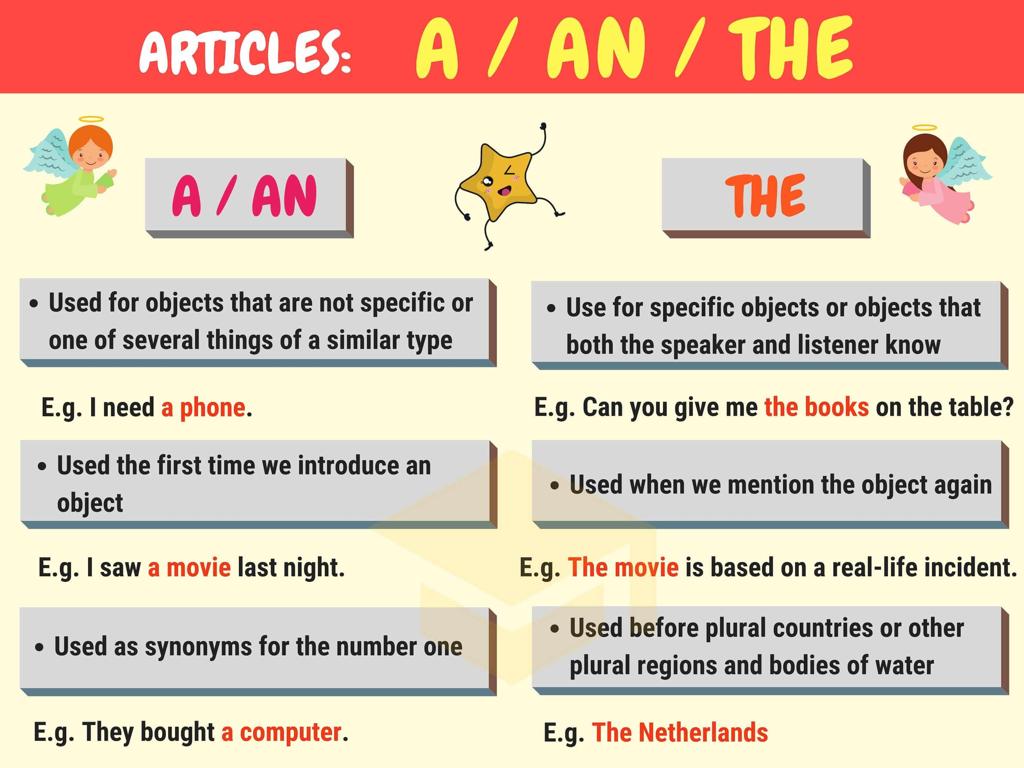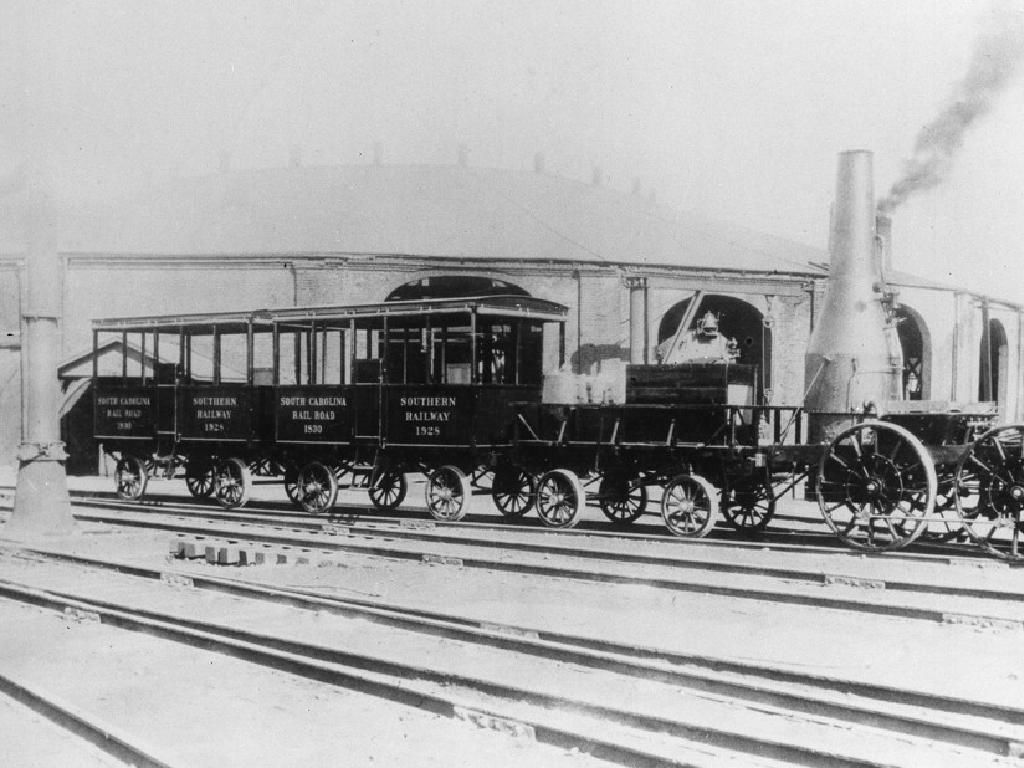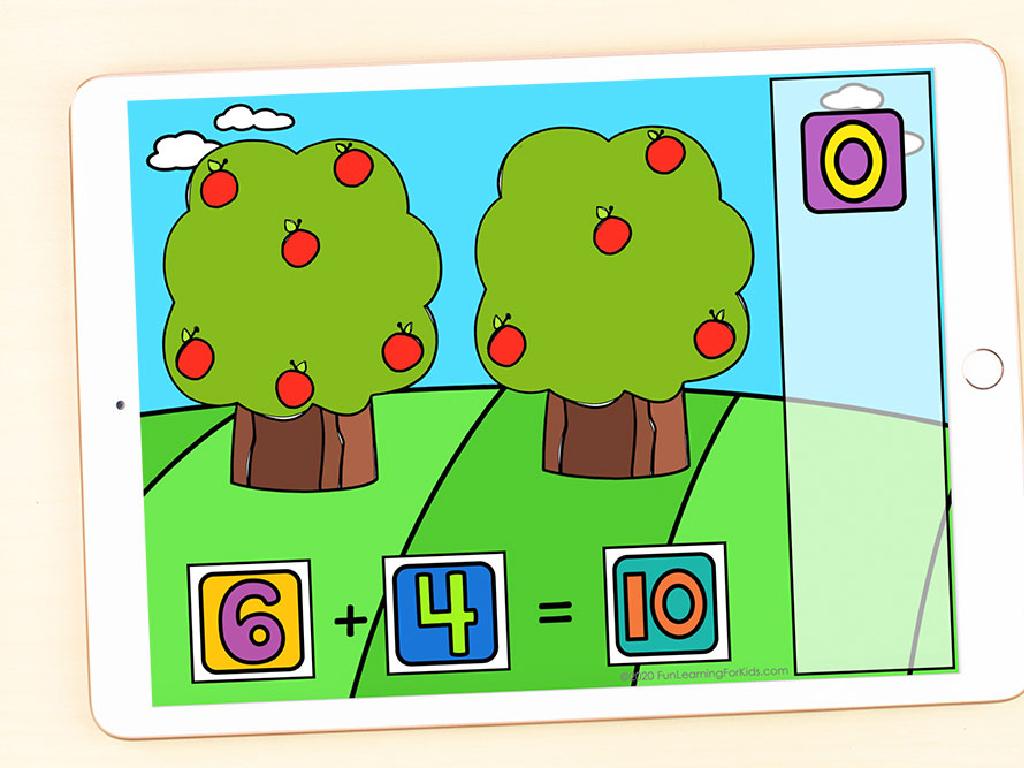The Ancient Silk Road: Goods And Ideas
Subject: Social studies
Grade: Seventh grade
Topic: The Silk Road
Please LOG IN to download the presentation. Access is available to registered users only.
View More Content
Exploring the Ancient Silk Road
– Introduction to the Silk Road
– A network of trade routes connecting East and West
– Trade routes explained
– Paths for exchanging goods, like silk & spices, between civilizations
– Significance of the Silk Road
– It was a bridge for trade & cultural exchange over continents
– Cultural and economic impact
– Ideas, technologies, and goods spread, shaping societies
|
Begin with a brief introduction to the Silk Road, highlighting its role as a network of trade routes that linked the Eastern and Western worlds. Emphasize the variety of goods that were traded, including silk, which was highly prized in Europe. Discuss the importance of the Silk Road in facilitating not just trade, but also cultural exchange, including the spread of religions, philosophies, and technologies. Highlight how these exchanges had a profound impact on the civilizations connected by the Silk Road, leading to significant cultural and economic developments. Encourage students to think about how trade routes today continue to influence global relations and cultural exchanges.
Exploring the Silk Road
– Defining the Silk Road
– An ancient series of trade paths linking diverse cultures
– A network of ancient trade routes
– Routes for exchanging goods, ideas, and culture
– Connected East to West
– Bridged major civilizations, enhancing economic & cultural ties
– From China to the Mediterranean
– Spanned from the Chinese Empire to Mediterranean shores
|
The Silk Road refers to the historic set of trade routes that connected the East and West, facilitating not only the exchange of goods like silk, spices, and precious metals but also the transmission of ideas, technology, and culture. It was a significant factor in the development of the civilizations it connected, including those of China, India, Persia, Arabia, and Rome. The Silk Road was not a single path but rather a network of routes that spanned from the Chinese Empire all the way to the Mediterranean Sea, influencing the social and economic dynamics of the regions it touched. In class, we’ll discuss the impact of the Silk Road on global trade and cultural exchange, and how it laid the groundwork for the interconnected world we live in today.
Goods Along the Silk Road
– Silk: A prized commodity
– Silk was highly sought after, especially in Rome.
– Diversity of traded goods
– Spices, textiles, and metals were also traded, enriching cultures.
– Understanding supply and demand
– Supply and demand determined the value and flow of goods.
– Impact on ancient economies
– Trade influenced the wealth and development of civilizations.
|
This slide aims to educate students on the variety of goods that were traded along the Silk Road and the basic economic principles that governed this trade. Silk was not just a fabric but a symbol of wealth and status, particularly in the Roman Empire. Other goods like spices, textiles, and precious metals played a significant role in the exchange of culture and ideas between civilizations. Introduce the concept of supply and demand, explaining how rarity and desire for these goods affected their value and availability. Discuss how the Silk Road was instrumental in shaping the economies of ancient societies, leading to an interconnected world of commerce and cultural exchange.
The Silk Road: A Conduit of Culture and Ideas
– Spread of religions along the Silk Road
– Buddhism, Christianity, and Islam were shared between travelers and merchants.
– Art, science, and literature exchanged
– Chinese silk, Indian spices, and Arabic numerals were among the treasures traded.
– Journey of ideas across societies
– Ideas were as mobile as goods, traveling via merchants, scholars, and caravans.
– Influence on civilizations
|
This slide aims to highlight the Silk Road’s role in the dissemination of cultural and intellectual wealth, as much as the exchange of physical goods. Emphasize the spread of major world religions and philosophies that occurred as merchants and travelers interacted. Discuss the exchange of artistic styles, scientific knowledge, and literary works that enriched the cultures along the Silk Road. Explain how these ideas were transmitted and adapted by different societies, leading to advancements and the broadening of horizons. Encourage students to think about the impact of cultural exchange on their own lives and the modern world, drawing parallels to the historical influence of the Silk Road.
Travelers of the Silk Road
– Meet Marco Polo and Ibn Battuta
– Explorers who chronicled their journeys along the Silk Road
– Their Silk Road insights
– Their writings shed light on the cultural and economic exchanges of the time
– Significance of personal accounts
– Personal stories provide a narrative of life and trade on the Silk Road
– Historical records as evidence
– Documents and artifacts corroborate travelers’ tales and provide a broader context
|
This slide introduces students to the famous explorers Marco Polo and Ibn Battuta, whose travels along the Silk Road greatly enhanced the world’s understanding of this ancient trade route. Their detailed accounts offer personal perspectives on the diverse cultures and rich exchanges that occurred. Encourage students to consider the value of firsthand experiences in learning about history. Discuss how personal narratives and historical records together help paint a fuller picture of the past. Students should understand the role of such travelers in documenting the exchange of goods and ideas, which contributed to the interconnectedness of civilizations.
Dangers on the Silk Road
– Bandits and natural obstacles
– Traders faced theft and harsh terrain
– Caravanserais: safe havens
– Roadside inns provided rest and protection
– Innovations for safer journeys
– Use of camels and guarded convoys
– Adaptations by ancient traders
– Routes were altered to avoid danger
|
This slide highlights the perils that ancient traders encountered while traveling the Silk Road. Bandits were a constant threat, and the natural landscape posed significant challenges, including deserts, mountains, and harsh weather conditions. Caravanserais played a crucial role as secure roadside inns where travelers could rest and replenish. To ensure safer travel, traders made several adaptations and innovations, such as using camels suited for desert travel and organizing guarded convoys to deter thieves. They also modified their routes to circumvent the most dangerous areas. Discuss with students how these challenges shaped the Silk Road’s history and the ingenuity of the traders in overcoming them.
The Silk Road’s Enduring Legacy
– Legacy of the ancient Silk Road
– Cultural exchanges and spread of ideas
– Modern Silk Road initiatives
– ‘Belt and Road Initiative’ connecting Asia with Africa and Europe
– Silk Road and globalization
– Facilitated trade and cultural exchange on a global scale
– Reflect on Silk Road’s influence
|
This slide explores the lasting impact of the Silk Road on contemporary society. Begin by discussing the Silk Road’s historical significance in facilitating cultural and commercial exchanges between diverse civilizations. Highlight modern efforts to revive the connectivity and economic cooperation that the Silk Road symbolized, such as China’s Belt and Road Initiative. Discuss how the principles of the Silk Road have contributed to today’s interconnected global economy, promoting a deeper understanding of globalization. Encourage students to think about how the Silk Road’s legacy can be seen in the cultural diversity and economic interdependence of the modern world.
Class Activity: Create Your Caravan
– Form small trade groups
– Plan a Silk Road route
– Select goods and identify challenges
– Consider historical goods like silk, spices, or gold and think about obstacles like bandits or harsh weather.
– Present your caravan’s adventure
|
This interactive class activity is designed to engage students with the history of the Silk Road by having them simulate the experience of ancient traders. Divide the class into small groups, each acting as a trading caravan. Each group will map out their own trade route, choose historical goods to trade, and brainstorm potential challenges they might face on the journey, such as natural disasters, bandits, or political barriers. After planning, groups will present their caravan’s journey to the class, sharing their route, chosen goods, and strategies to overcome challenges. This activity will help students understand the complexities of ancient trade and the factors that influenced the success of the Silk Road. Provide a list of goods commonly traded on the Silk Road and a map for reference. Encourage creativity and critical thinking as students work together to solve problems their caravan might encounter.





